
Stack AI is an enterprise AI platform that enhances business operations by integrating artificial intelligence solutions. It provides tools for data analysis, predictive modeling, and process automati...

Botpress is an AI powered platform to create, deploy and manage chatbots with ease for customer service automation. Botpress has a visual low-code interface to simplify the bot building process so use...
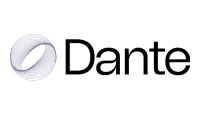
Personalized AI chatbots, trained using your data, without any coding required. Easily deploy on your website within minutes. Develop a GPT-4 chatbot swiftly, with the ability to train the AI, customi...

Personalized AI chatbots, trained using your data, without any coding required. Easily deploy on your website within minutes. Develop a GPT-4 chatbot swiftly, with the ability to train the AI, customize responses, and seamlessly integrate it onto your website.
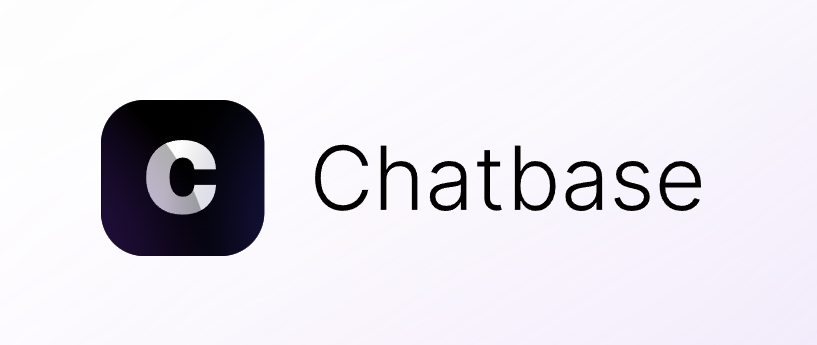
Tailored ChatGPT for your content and data. Easily link your data sources to create a chatbot akin to ChatGPT, designed for your specific data. Afterwards, integrate it as a widget on your website or engage with it via our integrations or API.

At CustomGPT.ai, we turn data into dialogue. Our platform uses your specific business content to create accurate and secure conversations. It's designed for anyone to use effectively, helping your teams respond faster and improving how you engage with customers. Think of CustomGPT.ai as a tool that not only enhances team productivity but also boosts customer satisfaction and drives revenue, all through a user-friendly, no-code interface.
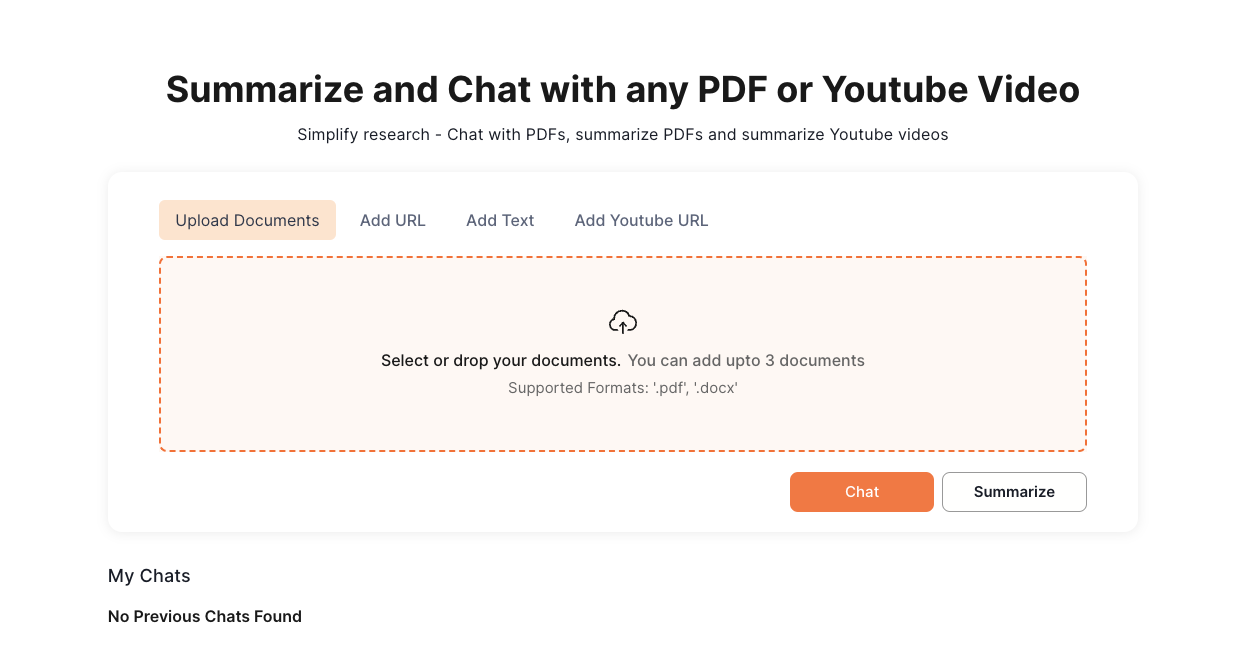

Summarize and Chat with any PDF or Youtube Video Simplify research - Chat with PDFs, summarize PDFs and summarize Youtube videos.


AI Chatbot for your website. Boost engagement, answer questions & capture leads. Trained and optimized on your data.
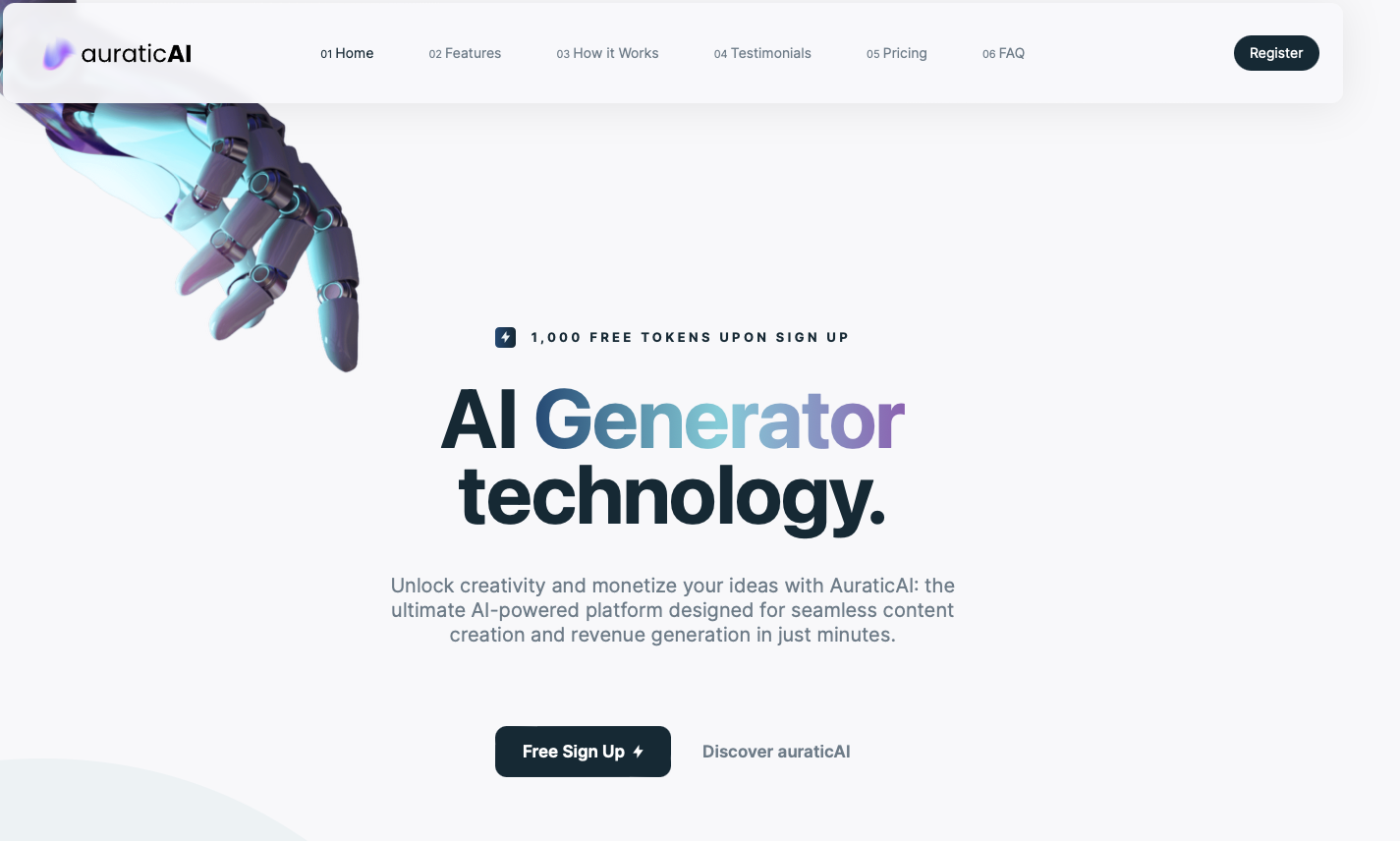

Unlock creativity and monetize your ideas with AuraticAI: the ultimate AI-powered platform designed for seamless content creation and revenue generation in just minutes.

24/7 AI sales robot: Converts visitors to buyers in 2 mins, no hiring needed. Resolves 70% of customer questions instantly. Trustworthy, customizable, and seamlessly integrates AI and humans for effective customer support.

Build a Chatbot Similar to ChatGPT Using Your Own Data. Coconaut simplifies the process of creating a chatbot in just a matter of minutes. Simply provide our AI with your website, documents, or knowledge base, and it will generate a chatbot that mimics your communication style.
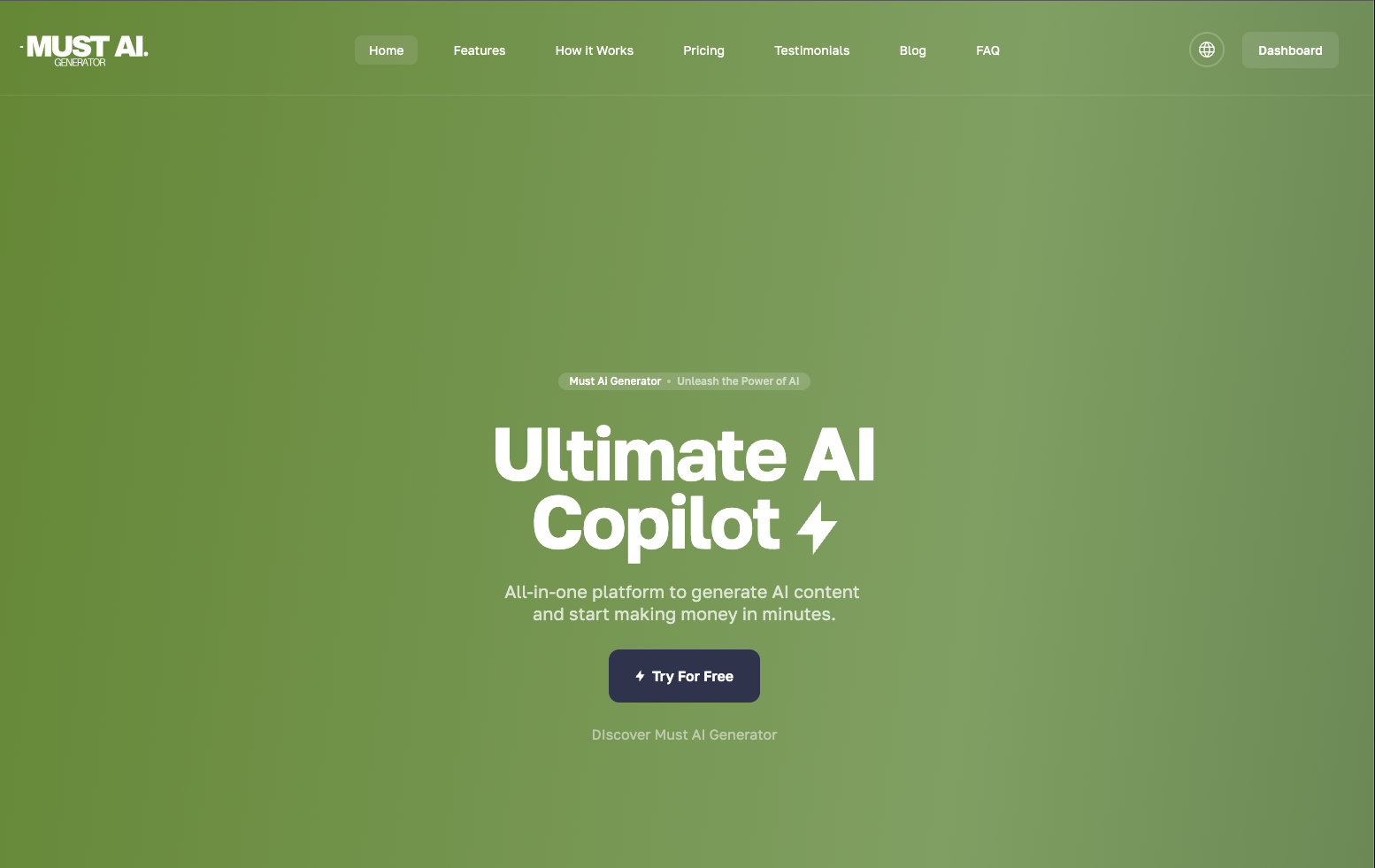

All-in-one platform to generate AI content and start making money in minutes. AI copilot for copywriting and content generation, AI image generator, code generator, text to speech, chatbot and more.
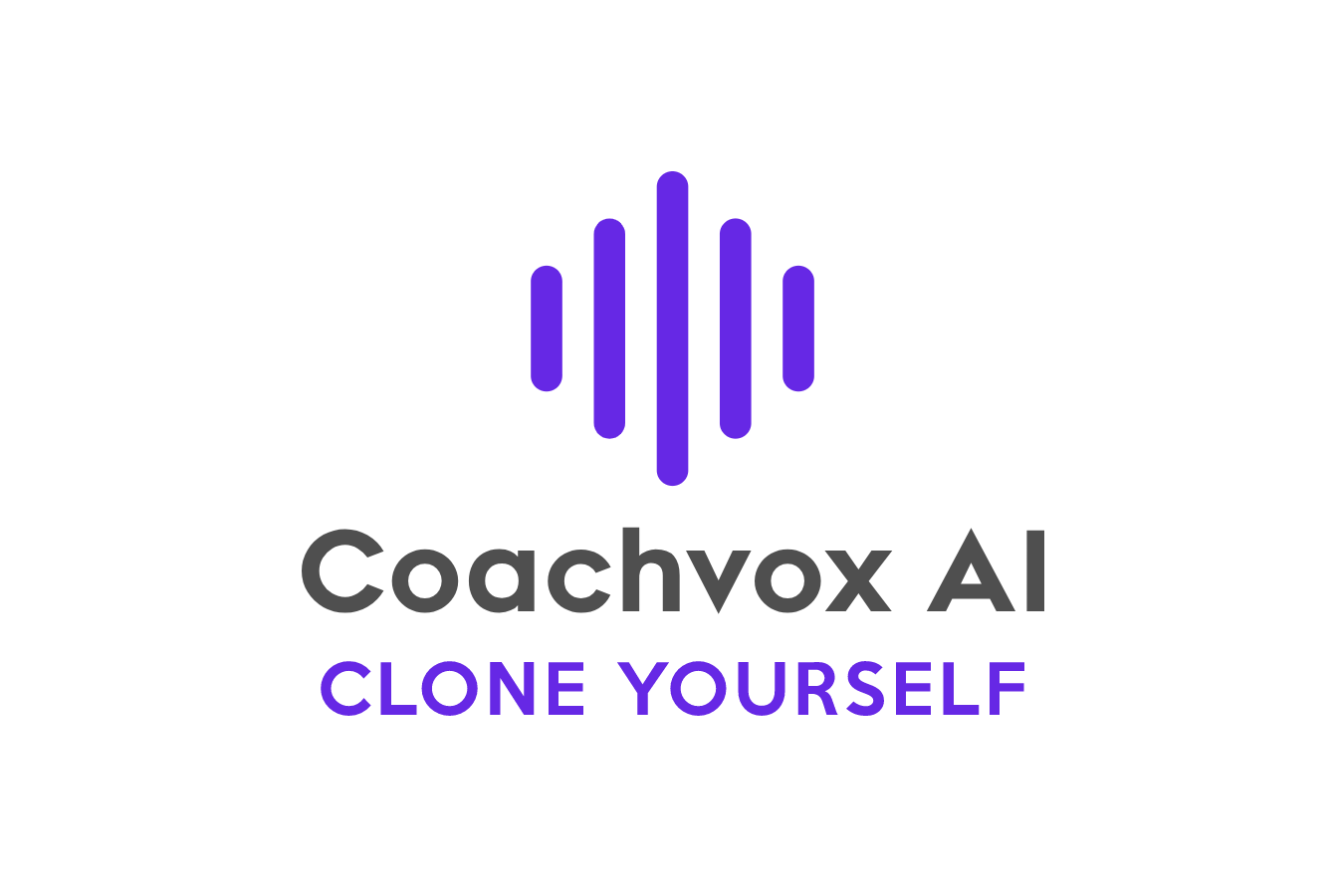
Create an AI version of yourself to generate leads and engage with your audience. Clone yourself with AI trained on your content and style. Coach and mentor your audience, add value to your clients and empower your team.
I’ll send you a full list of all the 500+ best AI tools to supercharge your business.
Looking for a change from ChatGPT? While it’s undeniably helpful for numerous tasks like content writing, coding problem-solving, and even game creation, exploring other AI chatbot options is a valid choice. After all, ChatGPT isn’t the sole contender in the arena.
Allow me to streamline your search process (or spare you additional ChatGPT prompts). I’ve invested time conversing with some exceptional AI chatbots to gauge their capabilities.
This collection offers a diverse range of options, including alternatives to ChatGPT that excel in content creation, AI chatbots proficient in web searching, and a few just-for-fun alternatives.
If you can’t find what you’re seeking here, I’ll even guide you on building your company websites very own AI chatbot.
It’s worth noting that between the moment I pen this article and the time you peruse it, new AI chatbots may have surfaced. However, for now, here are the most intriguing ones to keep an eye on.
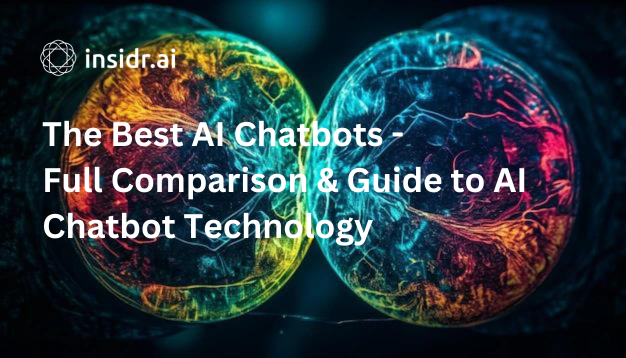
Before delving into the details, let’s take a moment to understand how ChatGPT operates. This knowledge will help you appreciate the unique aspects of each AI chatbot and leverage them to your advantage.
ChatGPT, developed by OpenAI, is an application that facilitates user interactions with its AI models: GPT-3 (available in the free version) and GPT-4 (accessible through early access for paid users).
The app takes the prompts you provide and forwards them to the AI model. The model then processes the input and generates conversational responses, which are presented back to you within the app.
While the app handles various features, such as saving conversation history, the AI model takes charge of interpreting your input and performing the necessary computations to provide a response. For further context, you can refer to our comprehensive breakdown comparing ChatGPT and GPT.
Many of the applications mentioned in this list also utilize OpenAI’s GPT models. However, even in those cases, app developers can introduce additional commands to customize the model’s replies.
Consequently, you may encounter varying outcomes when trying each chatbot, despite them operating on the same underlying engine. (A few apps on this list employ non-GPT models exclusive to the respective developers.)
With these considerations in mind, here are the key aspects I assessed while testing each online AI chatbot:
Based on my extensive research and personal interactions with these chatbots, here are the top recommendations for you to explore. Enjoy the experience—I’m confident you’ll have a great time experimenting with them.

Let’s take a look at the 9 best AI chatbots for different purposes, so you can choose the best AI chatbot for your business needs. Since there are many chatbots to choose from, we will review the AI chatbot platform and compare the best ai chatbots for you.
Chatbots offer many benefits for business use, like AI research, detailed responses, create content, solve routine tasks, customer services and customer interactions, and a lot more.
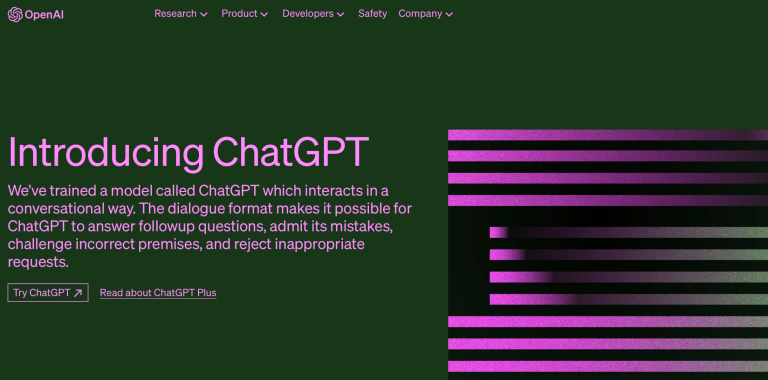
Jasper stands out as a comprehensive AI-driven content creation tool that covers a wide range of content types.
With its AI templates, it facilitates the creation of various content forms such as YouTube video scripts, blog posts, LinkedIn profiles, about page copy, and more. Recently, Jasper introduced its own Jasper Chat, joining the ever-growing chatbot trend.
One of Jasper’s notable features is the ability to swiftly transform conversations into written documents, streamlining the ideation process and facilitating the generation of initial drafts.
When prompted to have ai systems create an article, Jasper Chat delivers the desired outcome while also suggesting additional articles on the same technology or similar topics.
In terms of output quality, Jasper’s performance is comparable to ChatGPT as they both utilize OpenAI’s GPT models. However, when reading the output, it becomes apparent that Jasper’s developers have fine-tuned it to better suit content production requirements.
Furthermore, Jasper Chat has internet connectivity, enabling faster fact-checking through access to lists of reliable sources.
As your collection of fresh content pieces grows, you might require accompanying visuals. Jasper conveniently offers an AI image generation add-on, eliminating the need to switch platforms to fulfill aesthetic needs.
While these features come at a cost, the pricing is reasonable, particularly for those engaged in high-volume content creation, considering the significant capabilities that Jasper provides.
By leveraging Jasper’s capabilities, content creators can experience a powerful toolset that enhances their productivity and output quality, making it a valuable investment for those in need of efficient content creation solutions.
ChatSonic, developed by Writesonic, offers an AI chatting experience tailored for content production on a large scale.
From the convenience of a chat window, users can seamlessly transfer content directly to their blogs or social media platforms. Notably, ChatSonic goes beyond its competitors by providing the following unique features.
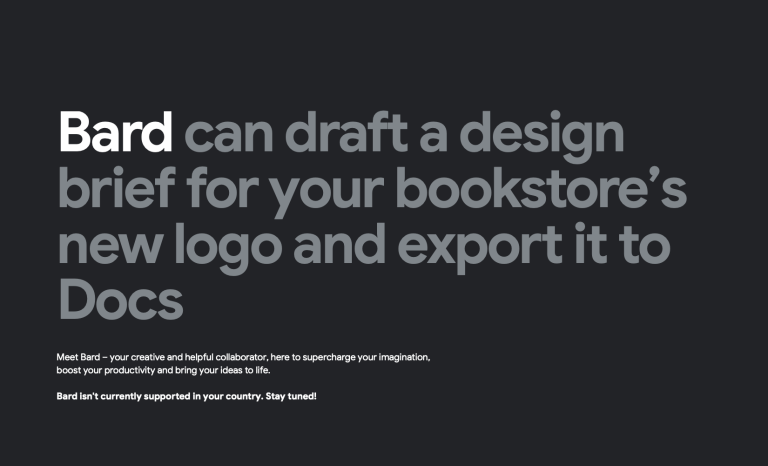
Google has been actively engaged in the AI race for a significant period, having implemented a range of AI features across its product portfolio.
GFollowing an initial product demonstration setback, Bard, powered by the PaLM 2 model, has emerged from the shadow of LaMDA to execute user instructions effectively.
One of Bard’s prominent features is its ability to connect to the internet, enabling users to access sources directly within the chat window. Notably, Bard offers a convenient “Google it” button, empowering users to conduct their own searches.
Moreover, search results can display images directly within the chat interface. Another useful feature is the option to edit prompts after they have been sent, as well as the availability of up to three drafts for each output, providing users the flexibility to select the most suitable result.
While conversation history tracking is disabled by default, users can activate this feature by clicking the Bard Activity button in the left-side menu.
One of the noteworthy updates is the ability to export prompts to a Google Doc or Gmail draft. This allows users to seamlessly transfer promising outputs to these destinations, with the content arriving fully formatted and ready for use.
This development hints at the possibility of additional Google Workspace features being integrated into Bard in the future.
Additionally, for users who found Bard visually straining, the introduction of a dark mode option allows for a more comfortable experience, enabling extended usage into the late hours of the night.
With these new features and enhancements, Bard offers enhanced productivity and customization options, further solidifying its position as a reliable AI-powered tool within the Google ecosystem.

Bing Chat, powered by OpenAI’s advanced machine learning and language ai model system GPT-4, boasts a range of features that set it apart.
Notably, Bing AI Chatbot has access to the internet, enabling it to function as a search engine, providing information on current events. The chatbot offers this functionality for free, making it easily accessible to all users.
Microsoft introduced an AI-enhanced version of Bing in early February, leveraging the capabilities of GPT-4, the latest iteration of OpenAI’s language model system known for its increased capacity and reliability.
On May 4, Bing’s chatbot transitioned from a limited preview phase to an open preview, granting free access to all users.
In their testing of the chatbot, we discovered two significant improvements over ChatGPT. It’s like google search, but it is conversational chatbots simulating human conversation for answering frequently asked user questions. It uses deep learning capabilities and machine learning, like both artificial intelligence, general intelligence and predictive intelligence for better customer experience.
Firstly, the AI Chatbot incorporates current events into its responses, offering up-to-date information. Secondly, it provides source citations for business results, allowing users to trace back the origin of the retrieved answer.
While Microsoft announced at its Microsoft Build event that Bing would power ChatGPT and provide web access and citations, as of now, these features are exclusive to ChatGPT Plus subscribers.
Bing Chat, on the other hand, remains free and user-friendly, serving as a convenient alternative to the $20 monthly subscription cost of ChatGPT Plus. Moreover, Bing Chat’s access to the entire internet makes it an appealing option for users seeking comprehensive information.
Furthermore, the Chatbot promises significant upcoming updates that are expected to further enhance its capabilities, making it an attractive choice for users seeking a powerful and cost-effective AI chatbot experience.
Zapier’s AI Chatbot tool empowers users to effortlessly create personalized, AI-powered chatbots leveraging the capabilities of GPT. Crafting a chatbot using this tool is a straightforward process.
Users simply need to provide a name, an optional greeting, and a prompt placeholder to guide chatters on how to engage with the bot. The key element is the directive, where users instruct the chatbot on its identity, knowledge, and desired responses.

The Zapier team has successfully developed a variety of chatbots, ranging from a corporate jargon translator to a press release generator, ai assistant, and even a risk assessment bot. The versatility of the tool allows users to tailor their chatbot to fulfill their specific requirements.
Furthermore, users have the flexibility to adjust the level of creativity of their chatbot, similar to the options available in the OpenAI playground. The Capier chatbot tool can also be used as a project mangement tool.
Additionally, users can customize the appearance of their bot, ensuring it aligns with their brand and desired user experience. Once the chatbot is configured, users can create a dedicated landing page for it and generate a unique URL, which can be shared with anyone.
Zapier’s AI Chatbot tool simplifies the process of creating custom chatbots, enabling users to unleash their creativity and build interactive conversational experiences.
With the ability to personalize the chatbot’s functionality and design, users can create a unique and engaging user experience tailored to their specific needs.

Create AI chat bots rapidly with ease using the first-ever next-generation chatbot builder, powered by OpenAI.
Whether for your project or business, this builder allows you to construct ChatGPT-like bots that efficiently accomplish tasks.
Simply provide a URL or document, and let generative AI handle the initial setup. Alternatively, choose from a wide selection of fully customizable templates, with over 100 options available.
With the intuitive, visual flow editor, you can breathe life into your users’ conversations, bringing an interactive and engaging experience to the forefront.
Rather than spending time on exception handling and deviations, focus on building the desired paths and let our Natural Dialogue Understanding intelligently manage the rest.
Benefit from an unparalleled range of pre-built integrations and skills, made possible by the expansive chatbot open-source community that powers Botpress.
This comprehensive list of integrations and skills accelerates your building process, providing a robust foundation for your chatbot development.
Botpress offers a seamless and efficient approach to creating ChatGPT chatbots, streamlining the building process and ensuring a high level of customization.
With its powerful features and extensive integrations, Botpress empowers users to build sophisticated chatbot solutions quickly and effectively.

Build and deploy AI applications in a matter of minutes with Stack AI, the fastest and most reliable solution for integrating custom Large Language Models (LLMs) like ChatGPT into your product or team.
With Stack AI, a no-code tool, you can effortlessly design, test, and deploy AI workflows using models such as ChatGPT, unlocking the power of AI for any business use case.
The same ai chat app platform empowers teams to create an ai chat bot for wide range of applications, including:
By leveraging Stack AI, teams can rapidly develop and deploy AI applications tailored to their specific needs, all without the need for extensive coding.
With its no-code approach and support for models like ChatGPT, Stack AI revolutionizes the integration of AI into your products and existing workflows, accelerating productivity and unlocking new possibilities.

Socratic, a product from Google, offers a range of features designed to support students with their academic workload. By typing in any question they have about their school subjects, children can leverage Socratic to generate a conversational and human-like response.
To aid in comprehension, Socratic incorporates fun and unique graphics that help break down complex concepts into more accessible formats.
Additionally, Socratic provides a convenient feature that allows students to scan their worksheets. By doing so, they can receive specially curated answers tailored to the specific questions on their worksheets.
It’s important to note that Socratic does have some limitations—for instance, it does not write essays or stories upon request. This limitation can be seen as a positive aspect as it discourages students from relying on a chatbot, such as ChatGPT, to write their essays on their behalf.
Socratic is available for download on both the App Store and Google Play Store, making it easily accessible to students seeking academic support.
By harnessing the power of AI within a controlled environment, Socratic aims to assist students in understanding and engaging with their school materials in a more interactive and enjoyable manner.

A chatbot is an AI-powered computer program designed to comprehend customer inquiries and automate responses, thereby simulating human-like conversations.
By leveraging artificial intelligence (AI) and natural language processing (NLP), chatbots enable users to easily obtain the information they seek without requiring human intervention.
These bots can engage with users through text input, audio input, or a combination of both. Chatbot technology has become ubiquitous in today’s world, appearing in various forms such as smart speakers in homes and messaging applications in workplaces.
The most advanced AI chatbots are often referred to as “virtual assistants” or “virtual agents.” They can utilize audio input, as seen in Apple’s Siri, Google Assistant, and Amazon Alexa, or interact with users through SMS text messaging.
In either case, users can engage in conversational dialogue, posing questions or making requests, and the chatbot assists by providing responses and refining search queries through its natural language processing and responses to follow-up questions.

In the past, chatbots were predominantly text-based and programmed to provide predefined responses to a limited set of straightforward queries.
They functioned like interactive FAQ systems, delivering satisfactory results for anticipated questions and their corresponding answers. However, they struggled when faced with complex or unforeseen user queries that hadn’t been anticipated by their developers.
Over time, chatbots have undergone advancements by incorporating more rules and natural language processing (NLP) capabilities.
This evolution enables end users and human agents to engage with them in a conversational manner. The latest iterations of chatbots are contextually aware and possess the ability to learn and adapt as they are exposed to a greater volume of human language.
Modern AI chatbots employ natural language understanding (NLU) techniques to comprehend user needs. They leverage advanced AI tools, including machine learning and deep learning, to analyze user input and determine the user’s underlying objective.
These technologies contribute to the development of a comprehensive knowledge base of questions and responses, derived from user interactions.
Consequently, AI chatbots continually enhance their accuracy in predicting user needs and providing appropriate responses over time. To illustrate, consider a scenario where a user inquires about tomorrow’s weather.
While a traditional chatbot may straightforwardly respond with a rain forecast, an AI chatbot could take it a step further by suggesting the user set an earlier alarm to accommodate the anticipated longer morning commute due to the rain.

The latest advancements in AI chatbot technology have paved the way for highly personalized user experiences, offering significant advantages for both businesses and customers.
In the pre-digital commerce era, customers had to resort to emailing or calling businesses to seek human assistance for their queries, concerns, or complaints.
However, managing customer service departments to handle unpredictable demand and ensuring consistent responses to similar or repetitive customer queries throughout the day and night proved to be a costly and ongoing challenge for many businesses.
Today, chatbots have emerged as a reliable solution that can efficiently handle customer interactions round the clock, continuously improving response quality while keeping costs under control.
By automating workflows, chatbots relieve employees from unproductive tasks and substantially reduce the wait times experienced in phone-based, email, chat, and web-based customer support.
With instant availability to cater to multiple users simultaneously, chatbots deliver exceptional user experiences, ultimately fostering customer satisfaction and brand loyalty.
Conversational ai can give natural responses to user inquiries, meaningful conversations and automating customer service by using artificial intelligence. AI powered chatbots are great for answering frequently asked questions by using artificial general intelligence.

Maintaining a customer support center staffed throughout the day and night can be financially burdensome, and for certain departments like human resources, it may not even be feasible.
Although outsourcing has been a common solution, it incurs significant costs and relinquishes control over the brand’s interactions with customers.
In contrast, a chatbot can operate 24/7, addressing customer inquiries seamlessly. It can serve as the first line of support, supplement human support during peak periods, or offer an additional support option.
At the very least, implementing a chatbot can significantly reduce the volume of users requiring human assistance, allowing businesses to avoid excessive staffing costs driven by increased demand or the need for a 24-hour support team.
Chatbots have the potential to contribute to sales lead generation and enhance conversion rates. For instance, when a customer explores a website to learn more about a product or service, they may have specific questions about features, attributes, or pricing plans.
A chatbot can provide prompt and accurate answers, helping the customer make an informed decision and take the next step towards making a purchase. An example is using automation for facebook messenger, like manychat, which will gather leads through facebook messenger.
In cases involving complex purchases with multiple channels or multi-step sales funnels, the chatbot can qualify leads by gathering relevant information before seamlessly connecting the customer with a trained sales representative.
By using business data and leveraging the capabilities of chatbots, businesses can streamline operations, reduce costs, and simultaneously generate leads and satisfy customers, ultimately contributing to business growth and success.

Building a chatbot involves several key steps. First, determine the purpose and scope of your chatbot. Identify the target audience and the specific tasks or information it should handle.
Next, choose a platform or framework suitable for your project, such as Jasper, Chatsonic, Botpress, Dialogflow, Microsoft Bot Framework, or IBM Watson Assistant. Design the conversation flow and define intents, entities, and responses.
Create and train the AI model using machine learning techniques or utilize pre-trained language models like GPT-3. Develop the backend infrastructure to handle user requests and integrate APIs for external services. Implement natural language processing (NLP) to understand user inputs and generate appropriate responses.
Test your chatbot extensively, refining and improving its performance. Deploy it on your preferred platform, ensuring seamless integration with your desired channels, such as websites or messaging apps. Continuously monitor and gather user feedback to enhance the chatbot’s functionality over time.

AI has a profound impact on customer interaction by enhancing and personalizing the customer experience.
Through advanced technologies like natural language processing (NLP) and machine learning, AI enables businesses to understand customer queries, anticipate their needs, and provide tailored solutions. AI-powered chatbots and virtual assistants offer round-the-clock support, efficiently addressing customer inquiries, and reducing response times.
AI algorithms analyze vast amounts of customer data to generate insights, enabling businesses to offer personalized recommendations and targeted marketing campaigns.
With AI, businesses can automate repetitive tasks, freeing up human agents to focus on more complex issues. Overall, AI empowers businesses to deliver seamless, efficient, and personalized customer interactions at scale.

The best AI chatbot depend on your needs. To find the best AI chatbots you can go through the list in this article and choose the ones that will be best ones for you.
You can also try multiple ones before you decide. Some key features for chatbots are the ability to chat with customers that visits your website. Other key features are lead generation and time saving. These are key features that will benefit you alot.
Yes, ai chatbot and conversational ai is great for customer support and will help you save a lot of time by letting the chatbot do a lot of the work for you.
Normally you will have to have people spend hours every day talking to customers, customer support, answering questions, onboarding, and more.
With conversational AI you can automate most of this, so the customer support and onboarding, and messaging apps can save you a lot of time.
You can go try all the AI Chatbots yourself to see which one can benefit you the most.
At Insidr.ai we share AI news, AI guides and help you find the best tools for AI.
Click the button below to see the full directory of AI-powered tools sorted by categories.
👉 Join our email list to keep up to date with all the latest AI-news and tools.
We’ll also send you our full list of 300+ of the best tools.
Copyright 2024 | Insidr AI ApS | All Rights Reserved.
FREE AI TOOLS LIST

Browse 500+ AI Tools in 78+ categories – only the best, not the rest.
When you join, you will get an email with a link to the AI tools list + access to the AI Community with a lot more free AI resources!